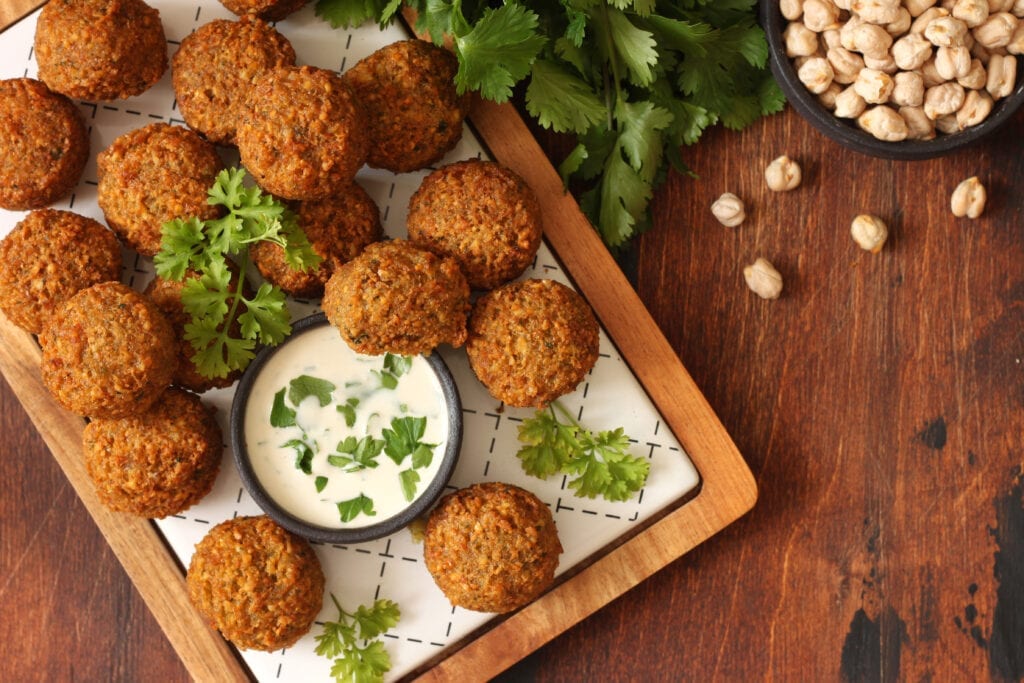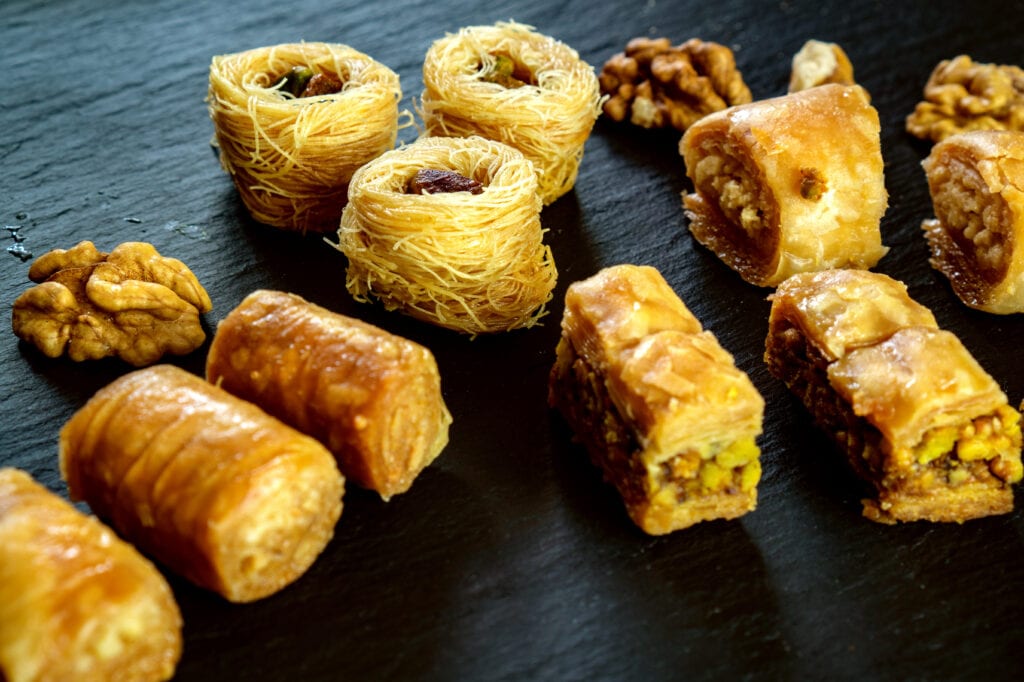
Introduction to Turkish Cuisine
Upon hearing the word Turkey, a majority of people might instantly think of the bird Turkey that gets consumed in the western world. However, today, we will be discussing other Turkey.
It is the land that traces its roots to the once-upon-a-time legendary Ottoman Empire. Yes, the country Turkey was once the heart of the world’s longest-ruling Muslim empire. Unfortunately, over time, the great empire suffered and came to an end.
But, history has left an unchangeable impact on Turkish food culture and traditions. Even today, Turkish Cuisine reflects its past. Continue reading to unravel more about Turkish Cuisine!
Turkish Food Culture
As discussed earlier, the Turkish food culture withholds the essence of the Ottoman Empire. However, it has also got influenced by other neighboring regions. One can find a deep central Asian influence in Turkish Cuisine.
In the country, the Cuisine varies considerably too. From Istanbul to Izmir, you will find more usage of meat, bread, vegetables, and rice. In the Black Sea region, the use of fishes is more than anything. Whereas, southeast Turkey has more dough-based desserts to offer, such as Baklava. In the western regions of Turkey, you will find dishes abundant in olives and olive oil.
Generally, upon tasting, you will find the Turkish flavors to be simple yet rich. Unlike Pakistani Cuisine, the Turkish food culture revolves around less use of spices.
Turkish meal patterns include breakfast, lunch, and dinner. However, they are fond of Turkish coffee and drink it several times a day.
Usually, a typical Turkish breakfast is quite rich. It comprises of food items, such as cheese, jams, soups, honey, butter, olives, eggs, and tomatoes. Lunch and dinner are comparatively lighter than breakfast.
During summers, Turkish food includes more yogurt and vegetables. And, desserts and Halwa are lighter and less sweet. Whereas, in winter, soup is mandatory before every meal.

Main Ingredients of Turkish Cuisine
Like every other Cuisine, the Turkish Cuisine cherishes a few ingredients more than the others. And these include:
- Lamb
- Beef
- Fish
- Rice
- Beans
- Lentils
- Zucchini
- Tomatoes
- Eggplants
- Onions
- Green Peppers
These are some ingredients that you’ll find in almost every other recipe, particularly in the main course recipes. But indeed, the usage of these raw materials remains incomplete and almost handicapped without the Turkish blend of spices. Turks believe in creating phenomenal blends of the following masalas or spices:
- Coriander
- Clove
- Black Pepper
- Allspice
- Arise
- Hasper
- Isot
- Red Pepper
- Sumac
- Nigella
- Poppy Seeds
- Sesame Seeds
Another fascinating ingredient that gets used in many bulk quantities in Turkish Cuisine is none other than Rose Water. From the main course to sweet dishes, the Turks believe in sprinkling the magic of this water. In terms of nuts, they have abundant usage of pistachios, chestnuts, hazelnuts, walnuts, as well as almonds. These nuts usually get used in combination with spices. Plus, they also use good quantities of olive oil.

Famous Dishes
By only looking at their crucial ingredient list, you can guess the diversity of Turkish Cuisine. The people of Turkey do not only love eating food but also love experimenting with it. The Turks exhibit immense creativity when it comes to the preparation of food.
And so, several unrivaled dishes have come from this majestic land. The following are some famous Turkish Dishes:
- Kofte: Usually served with Rice Pilaf, Kofte is balls of minced meat, onion, and spices. In terms of texture, they are soft and tender and a bit spicy. They first get fried and then cooked in the sauce.
- Shish Kebab: From beef or lamb’s meat, the Turks prepare grilled cubes of meat with vegetables in between. For excellent presentation, they line the greens and grilled meat cubes alternatively on a wooden stick.
- Dolma: Primarily, Dolma refers to wrapped foodstuff. Sometimes its meat wrapped in pasta; other times, its food held in cabbage and grapevine leaves.
- Baklava: Baklava refers to layered sweet made from filo dough. The central parts come stuffed with honey, pistachio, almonds, and other stuff.
Conclusion
All in all, Turkish Cuisine has a special place in the heart of food-passionate masses. It is simple, plain, yet rich. And, most importantly, it is highly nutritious. Turkish food production methods do not burn away the nutrients. Instead, the simplistic techniques preserve them and make the meal healthy.
Well, up till now, we have evaluated some essential aspects of Turkish Cuisine. Hopefully, you must have received a detailed insight into this flavorful world. But, if any element still leaves a doubt lingering behind, give the blog another read, and comment below. Tell us your queries, and we will try our level best to solve them. Perhaps, the best way to unlock answers is to give the Turkish Cuisine a try yourself!
Leave your comment
You must be logged in to post a comment.